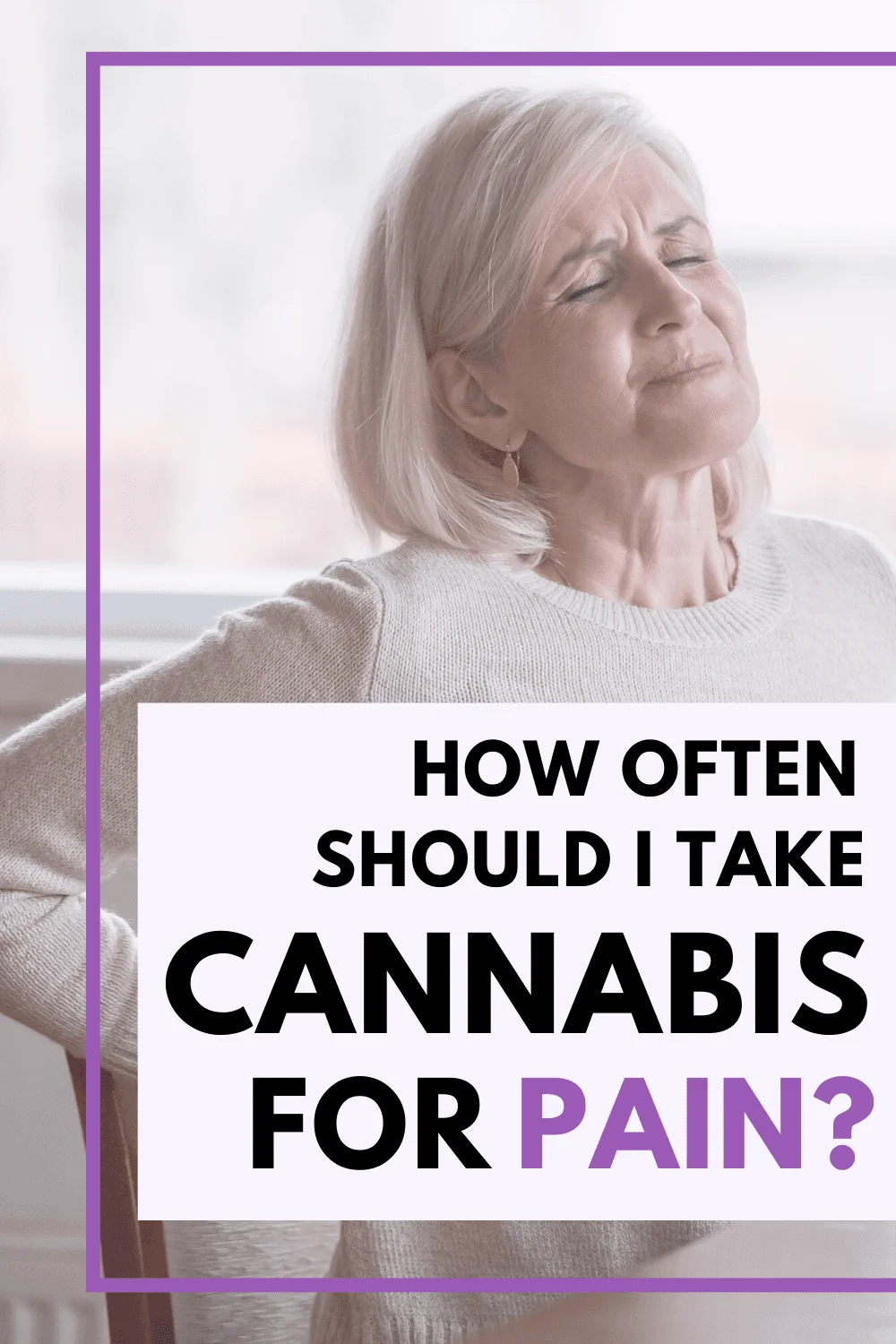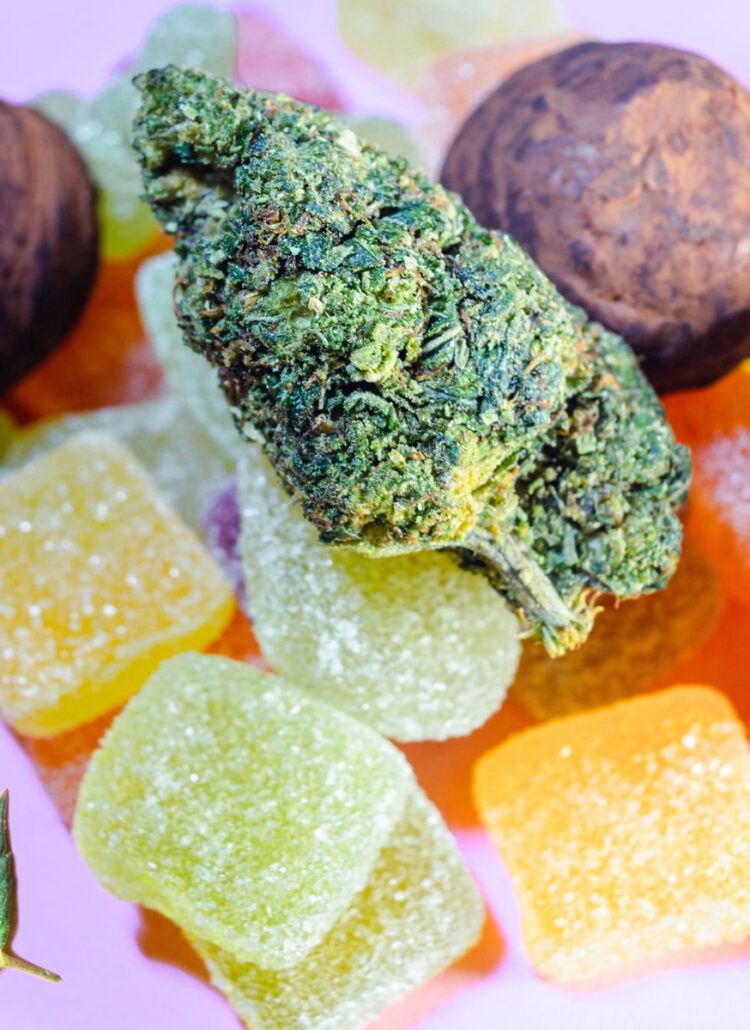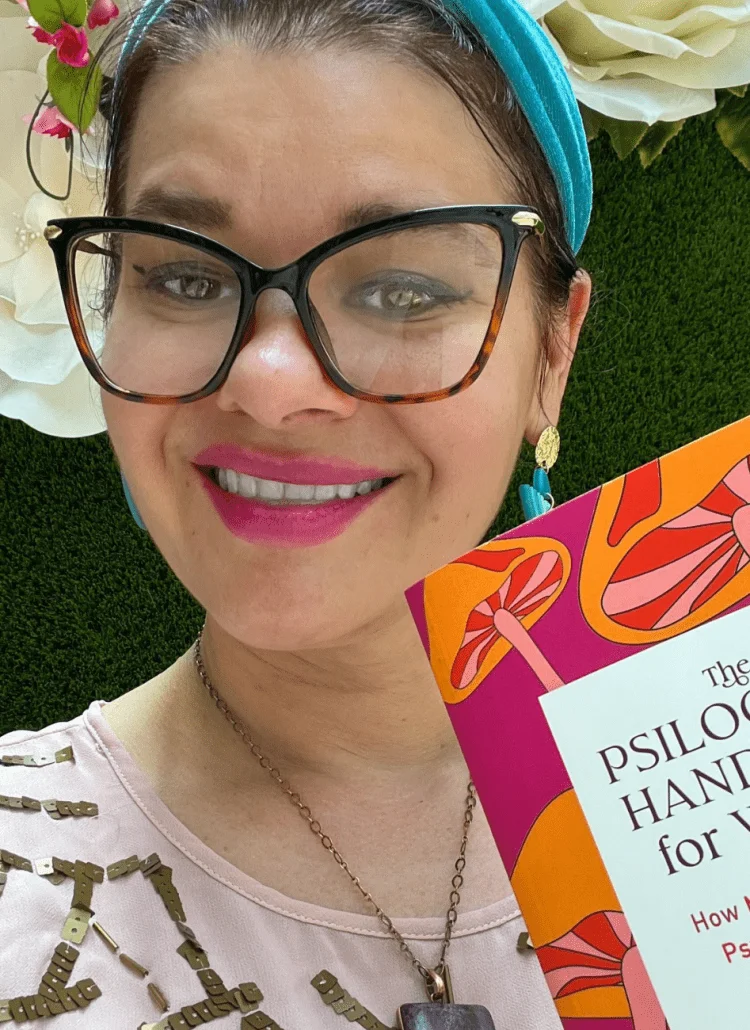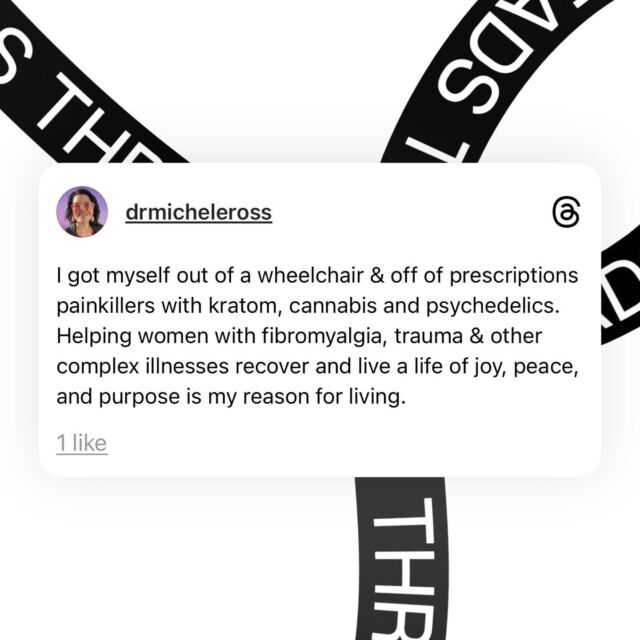In Chronically Cannabis, Dr. Michele Ross, a neuroscientist and cannabis expert, answers The Mighty community’s questions about treating chronic pain with cannabis. This is post #6 of 7 in the series.
The Mighty Community asked:
“Is it better to use cannabis on a schedule, like with prescriptions, or to take as needed?”
Right now CBD is only prescribed via Epidiolex and THC is prescribed as Marinol. Otherwise, it’s up to you to decide how to deliver the dose. Some people react differently to CBD. For example, some people get sleepy. If you get sleepy and it’s relieving anxiety or relaxing, the dosing should be an hour before you go to sleep. Don’t take it in the morning before you go to work or want to do something. There are other people who will take CBD and coffee and they’re up, that’s their energy drink. It’s all about figuring out how you respond.
If you take CBD once a day it’s not going to be effective enough for your chronic pain throughout the day. It’s not an extended-release. The most commonly used products are tinctures, those drops you put under the tongue. For tinctures, you need to do it at least in the morning and at night. Some patients do it three times a day. Really it’s as much as you need.
There are other ways to consume, like vape pens or CBD flowers, which I love for breakthrough pain. The drops are great for providing baseline inflammation reduction and pain reduction. You want to make sure you are reducing your pain at the same level every day. Then you have the CBD vape pen for those breakthrough moments, where you’re going “OK, I didn’t expect to go walking through the mall today,” or maybe you used up too many spoons. Hit that vape pen and it’ll help you get back to your normal pain levels you can manage.
How To Take Action:
Posts #1-7 of this series are now live. Read:
Post #1: What Are The Benefits of Using THC With CBD?
Post #2: Which Cannabis Strains Are Best for Chronic Pain?
Post #3: What Types of Cannabis Products Are Best For Pain?
Post #4: How Does Cannabis Affect Pain Patients WIth Mental Illness?
Post #5: How Do I Try Cannabis If It’s Not Legal?
Post #6: Can You Become Desensitized To Cannabis?
Post #7: How Often Should I Take Cannabis For Pain?

Glossary of Terms
Cannabis: Also known as marijuana, weed, and pot, cannabis is a plant that can be eaten, brewed, smoked and vaporized. Its oils can also be extracted and consumed, or incorporated into topical creams. Cannabis is consumed for its psychoactive and pain-relieving properties. It is currently a Schedule 1 drug in the United States and is illegal at the federal level, but is legal for recreational and/or medical use in 33 states.
THC: Abbreviation for tetrahydrocannabinol, one of the compounds, or “cannabinoids,” found in cannabis. It is responsible for the plant’s psychoactive effects, since it binds to cannabinoid receptors in the brain responsible for pleasure and pain.
CBD: Abbreviation for cannabidiol, another cannabinoid found in cannabis. CBD is non-psychoactive and, unlike THC which binds to cannabinoid receptors, stimulates the body’s own endocannabinoid system. This can lead to physical benefits like reducing pain and lowering inflammation.
Endocannabinoids: Neurotransmitters produced by the body that bind to cannabinoid receptors. Endocannabinoids help control functions like pain and inflammation and maintaining homeostasis in the body.
Strain: A variation of cannabis that has been bred to enhance certain characteristics and compounds.
Terpenes: Aromatic oils secreted by the cannabis plant, which give its particular strain unique flavors and scents. Over 100 types have been identified. Terpenes also interact with other cannabis compounds to produce various physical and psychoactive effects.
Sativa: A type of cannabis plant characterized by its tall height, narrow leaves, which grows better in warmer climates. Previously believed to offer invigorating, energetic benefits, it’s now understood to offer similar benefits as other cannabis varieties.
Indica: A type of cannabis plant characterized by short stature and broad leaves, which grows better in a colder climate. Previously believed to offer relaxing and pain relieving-benefits, it’s now understood to offer similar benefits as other cannabis varieties.
Tincture: A concentrated liquid herbal extract that is taken by mouth. Cannabis tinctures can be consumed under the tongue or mixed with food and drinks.
Vape Pen: An electronic device resembling a pen that heats cannabis until it turns into a vapor you can inhale and exhale.
Have a Question For Dr. Ross?
Share your cannabis questions in the comments below for a chance to be featured in a future column.
Pin This Post












 Powered By AdaBundle
Powered By AdaBundle